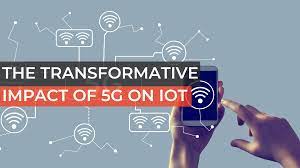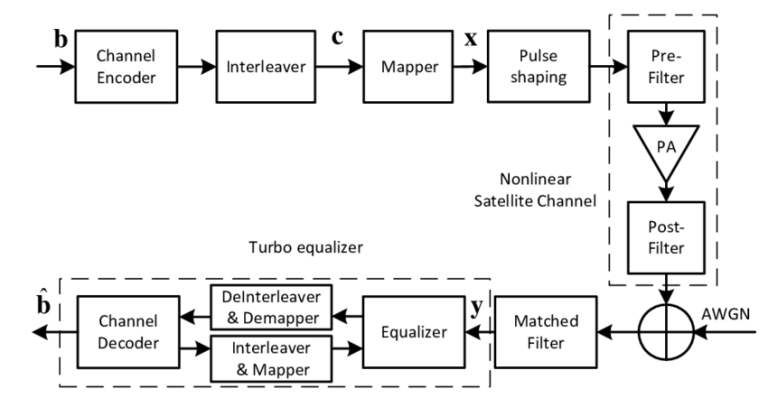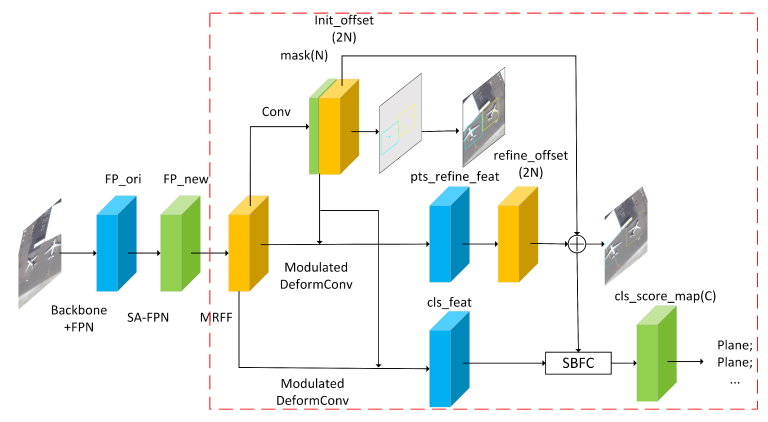What is WM (Wireless Medium)? Overview and Functionality
telcomatraining.com – In the modern world of networking and communication, wireless technologies have revolutionized how we connect, communicate, and share information. Among the various components that make wireless networks possible, the Wireless Medium (WM) plays a vital role. But what exactly is the Wireless Medium, and why is it so important?
What is the Wireless Medium (WM)?
The term “Wireless Medium” (WM) refers to the physical space or environment through which wireless signals travel. This medium is not confined to any wires or cables, unlike wired communication systems, where signals pass through physical conductors like copper or fiber optic cables. In wireless networks, signals are transmitted through electromagnetic waves such as radio waves, microwaves, or infrared waves. These signals carry data from one device to another without requiring physical connections.
Wireless mediums are utilized in various communication systems, including Wi-Fi, cellular networks (like 4G, 5G), Bluetooth, satellite communication, and more. The Wireless Medium serves as the transmission pathway that allows information to be exchanged between wireless devices, ensuring connectivity and communication over both short and long distances.
Key Characteristics of the Wireless Medium
- Electromagnetic Waves: The Wireless Medium uses electromagnetic waves, which are a form of energy. These waves include radio waves, microwaves, and infrared radiation. The frequency, wavelength, and amplitude of these waves determine the range and quality of the wireless signal.
- Propagation and Interference: Wireless signals travel through the air and may encounter various obstacles, including walls, buildings, and other physical barriers, which can degrade signal quality. Additionally, environmental factors like weather conditions, interference from other electronic devices, and electromagnetic noise can affect the reliability and stability of the Wireless Medium.
- Limited Bandwidth: Unlike wired networks, where data transfer speeds are often more predictable and stable, the Wireless Medium typically has limited bandwidth. This can lead to congestion, slower speeds, or signal loss if the medium is overused or not managed efficiently.
- Distance and Coverage: Wireless signals lose strength as they travel further from the source. The range of the Wireless Medium is influenced by factors such as the type of signal, the power of the transmitter, and the environment in which the transmission takes place.
How Does the Wireless Medium Work?
Wireless communication involves the transmission of data between devices using radio frequencies (RF) or other electromagnetic waves. Here’s an overview of how data moves through the Wireless Medium:
- Transmission: A device, such as a router, smartphone, or computer, sends out a signal carrying information in the form of electromagnetic waves. These signals are typically broadcast over a wide range of frequencies.
- Reception: The receiving device, such as another smartphone or wireless access point, picks up the signal transmitted through the Wireless Medium. The receiver converts the signal back into a format that the device can understand and process, such as digital data.
- Encoding and Decoding: Before being sent, data is often encoded into a form suitable for transmission via electromagnetic waves. This ensures that the data can be efficiently sent and received without loss of quality or accuracy. The receiver decodes the signal back into usable data.
Functionality of the Wireless Medium
The Wireless Medium serves several critical functions in modern communication systems:
- Data Transmission Without Physical Connections: The primary function of the Wireless Medium is to allow the transmission of data without requiring physical wires or cables. This makes it ideal for mobile and remote communication, where traditional wired solutions are impractical or impossible.
- Support for Multiple Devices: Wireless networks are designed to support multiple devices simultaneously. The Wireless Medium makes it possible for numerous users to connect to a network without the limitations of wired infrastructure.
- Mobility and Flexibility: One of the main advantages of wireless communication is mobility. With the Wireless Medium, users can move freely within the coverage area without losing connection, making wireless systems ideal for mobile phones, laptops, IoT devices, and more.
- Remote Access: The Wireless Medium facilitates remote access to networks and resources. In scenarios where wired networks are not available or feasible, wireless systems provide an essential means of communication, whether for personal, business, or industrial purposes.
- Low Cost and Scalability: Setting up a wireless network can be more cost-effective compared to laying down extensive wired networks. Additionally, wireless networks can be easily expanded to cover larger areas or to accommodate more devices, making the Wireless Medium highly scalable.
Challenges of the Wireless Medium
While the Wireless Medium offers many benefits, it also presents certain challenges:
- Signal Interference: Wireless signals can be disrupted by various factors such as physical obstructions, other wireless networks, and electronic devices. This interference can lead to slower speeds, dropped connections, or poor signal quality.
- Security Concerns: Wireless networks are more vulnerable to hacking and unauthorized access compared to wired systems. Ensuring data security in wireless communication requires advanced encryption protocols and secure authentication methods.
- Limited Bandwidth: The limited available bandwidth in the Wireless Medium can lead to network congestion, especially in densely populated areas or when many devices are connected to the same network.
Conclusion
The Wireless Medium is a cornerstone of modern communication systems, enabling wireless technologies like Wi-Fi, mobile networks, and Bluetooth to function. By using electromagnetic waves, it allows devices to communicate without physical connections, offering flexibility, mobility, and cost savings. Despite challenges such as signal interference and limited bandwidth, the Wireless Medium continues to evolve, supporting an increasingly connected world. As wireless technologies advance, we can expect even greater improvements in speed, range, and reliability, making the Wireless Medium an essential component of our daily lives.







